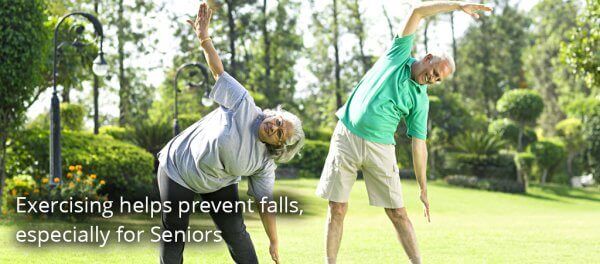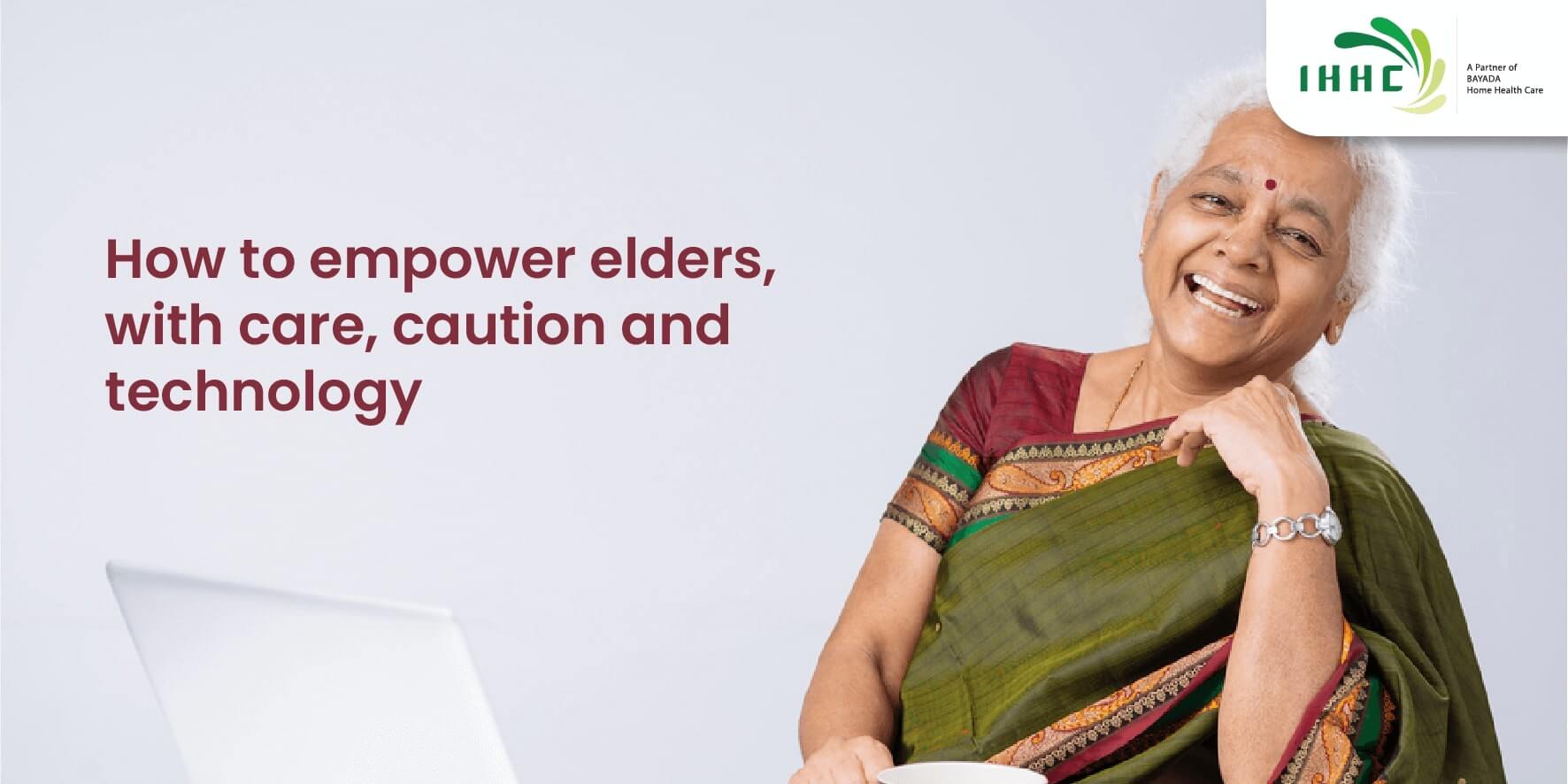Is there a need for home healthcare in India?
We all know someone or the other who has had a fall, and the resultant fractures or torn ligaments they have suffered. You may think it won’t happen to you, but falls are actually the leading cause of fatal and non-fatal injuries among older adults and seniors. But while the good news is that falling is not a normal part of growing old, the risk of falling does rise as we age.
Why does the risk of falling increase as we age? According to Harvard Health Publications (Harvard Medical School), “Each of the systems that keep us upright and balanced—including the brain and central nervous system, vision, and muscles—loses a small amount of function with age. The sensory information entering our eyes and ears takes longer to travel to our brain for processing, making us more likely to become off-balance.” With age also have more illnesses, with related medicines to treat them. Many medications can cause instability and the compromising side effects of dizziness, drowsiness, and confusion. You, and other seniors like you, have the power to prevent falls. There are programs that are proven to reduce your chances of falling. They are fun and effective—and they can help you stay independent and active.
Getting regular exercise is one way to prevent falls and the injuries that are a result of those falls. Exercise keeps your muscles and bones strong while improving your balance. It also helps keep joints, tendons, and ligaments flexible. In turn, your balance and the way you walk may improve, lessening your risk of falling. Exercise can help prevent falls because it:
- Strengthens your muscles, making them more flexible
- Improves your balances
- Increase the length of time you can remain active
- You may want to exercise on your own or join a group. A supervised group program can also help to improve your balance and bearing.
Your doctor or physical therapist can help you plan an exercise program that is right for you.
Begin slowly and check with your doctor to make sure you are doing the right type of exercise for your age, weight, physical condition and health. Try to exercise a minimum of 30 minutes per day, at least five days a week. Perform muscle strengthening exercises two or more days a week. When you exercise, always make sure you breathe slowly and easily. DO NOT hold your breath. DO NOT be over-ambitious!
You can do the following exercises anytime and almost anywhere. As you get stronger, try to hold each position longer or add light weights to your ankles. This will increase the effectiveness of the exercise. The exercises given below have been recommended by the National Institute for Health Research/Senior Health Balance exercises.
- You can do some balance exercises while doing everyday activities.
- While waiting in line at the store, try balancing on one foot.
- Try sitting down and standing up, without using your hands.
Toe stands
To make your calves and ankle muscles stronger:
- Hold on to a solid support for balance, like the back of a chair.
- Stand with your back straight and slightly bend both knees.
- Push up onto your tiptoes as high as possible.
- Repeat 10 to 15 times.
Knee curls
To make your buttocks and lower back muscles stronger:
- Hold on to a solid support for balance, like the back of a chair.
- Stand with your back straight, feet shoulder width apart, and slightly bend both knees.
- Lift one leg straight back behind you, then bend your knee and bring your heel toward your buttock.
- Slowly lower your leg back to a standing position.
- Repeat 10 to 15 times with each leg.
Leg extensions
To make your thigh muscles stronger and decrease knee pain:
- Sit in a straight-back chair with your feet on the floor.
- Straighten one leg out in front of you as much as possible.
- Slowly lower your leg back down.
- Repeat 10 to 15 times with each leg.
- Sit in a straight-back chair.
- Put one foot on a low stool in front of you.
- Straighten your leg that is on the stool and reach your hand toward this foot.
- Hold for 10 to 20 seconds. Then sit back up.
- Repeat five times with each leg.
Stretching the back of your leg
To make it easier for you to move around:
Other Activities
Walking is a great way to improve your strength, balance, and endurance.
- Use a walking stick or walker as needed for support.
- As you get stronger, try walking on uneven ground, such as sand or gravel.
- Simple movements and exercises in a swimming pool can help improve balance and build strength.
Again, as per Harvard Health Publications (Harvard Medical School), along with broken bones and other physical harm, falls can produce more subtle damage. “The less obvious harmful consequence of a fall is a fear of falling again,” says Dr. I-Min Lee, Professor of Medicine at Harvard Medical School. “This fear may limit your normal physical activities, and increase the risk of developing chronic diseases. It also can inhibit your social life, and possibly even lead to depression”, she adds. “And when we trip, our reaction is slower at older ages, so we can’t ‘catch’ ourselves and prevent the fall,” Consequently, limiting physical activities can lead to weaker muscles and poor balance – which makes future falls more likely. All these changes combine to increase our risk of falling.
Harvard Health Publications recommends the following fall prevention tips to prevent falls in daily life:
- Check vision and eyeglass prescription regularly. Treat eye diseases such as cataracts, glaucoma, and macular degeneration before they can affect your vision and lead to falls.
- Increase the lighting around your home to prevent tripping.
- Go through all your medication with your doctor. Try to reduce dosages or stop medicines you don’t need—especially drugs that are known to compromise balance.
- Wear well-fitting shoes with low heels and sturdy soles.
- Maintain good posture as it centers your weight over your feet, keeping you balanced.
- Pay attention when you walk. Look five to 10 feet ahead so you are prepared for any obstacles or unevenness in your path.
- Leave your cellphone in your purse, and don’t hold any conversations until you’re sitting.
- Stand up slowly from a seated or lying position. Rising too fast can lead to a rapid dip in blood pressure and make you feel dizzy.




